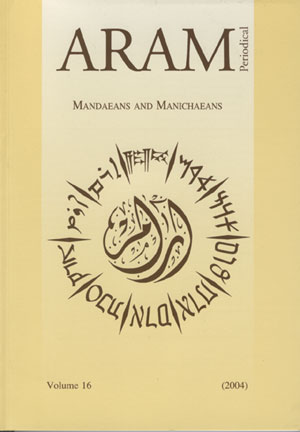 previous article in this issue previous article in this issue |

|
Document Details : Title: Perpetual Geometric Motifs and the Cycle of the Year in the Churches of the Holy Land Author(s): HABAS, Lihi Journal: ARAM Periodical Volume: 24 Date: 2012 Pages: 501-539 DOI: 10.2143/ARAM.24.0.3009287 Abstract : Several churches in the Holy Land are decorated with mosaic pavements containing compositions that combine depictions of daily life with personifications symbolizing the dimensions of time and place. In the discussion of the appearance of personifications of the season and the labors of the months in the Christian context, I shall examine the compositions in which they appear, their position in the church structure, and the character of the representations, and compare them with earlier pagan depictions and depictions in contemporary synagogues. In addition, I shall study the perpetual geometric motifs that are common in mosaic pavements of churches, whose central position in carpets, perpetual nature and harmonic shapes gives them the character of a component of the cycle of cosmic forces. Perpetual geometric motifs, personifications of the seasons and the labors of the months represented the cycle of the year, the renewal of nature and the agricultural cycle. In the Christian context, mortals engaged in farming, herding and hunting are combined with cosmic phenomena that make up the calendar. The humans, while they represent this world, play a part in the cosmic plan in which the cycle of the year takes place under divine care, and demonstrates the existence of a celestial order in the universe. The genre scenes in the church were understood as an image of the world or the cosmos, while the use of personifications reflects Christian ideas about the universe. These ideas were expressed in writing by the Church Fathers and other Christian authors, while the craftsmen of the Byzantine period gave them visual expression in mosaic pavements. |
